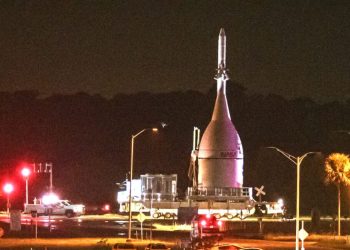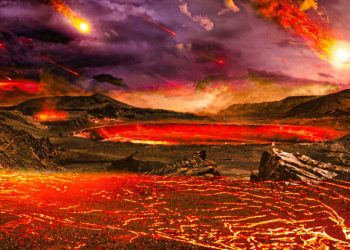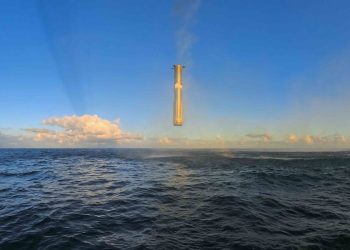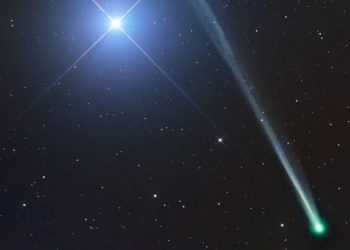Award-winning astrophotographer Josh Dury captured a stunning view of comet C/2025 A6 (Lemmon) shining in the sky over Somerset in the UK ahead of its close approach to Earth on October 21.
Dury revealed Comet LemmonThe bright green coma and long diffuse tail streaking across the event sky in exquisite detail as day gave way to night over the Mendip Hills region on October 12.
Comet Lemmon’s tail formed when radiant heat from the sun caused the icy materials embedded in his ancient body to directly transform into gas, a process known as sublimation. This diffuse cloud of debris was then carried away by the constant stream of charged particles emanating from our sun, known as solar wind – this is why the tail of a comet is always seen facing the sun.
Dury worked through mist and high winds to capture a breathtaking photo of the distant night sky visitor using his Sony A7S III camera in concert with a Sigma 135mm F/1.4 Art lens, as a diffuse pink aurora glowed near the horizon. “I would say in this case the weather was more of a challenge,” Dury told Space.com. “With anticyclonic darkness affecting the weather for the best part of a week or more, there weren’t many opportunities to photograph the comet from here in the West Country. Taken from higher ground, I was surrounded by mist, mist and fog.”
Best Camera Pick: Nikon Z9
Looking to photograph Comet Lemmon? Try the Nikon Z9, one of the most capable digital cameras ever made and a delightful overkill for astrophotography and landscapes. Get yours today.
Comet Lemmon has a current magnitude of about +4.9, which should make it visible to the naked eye from dark sky locations. The comet should continue to brighten before its close approach to Earthafter which it will gradually disappear from our sky for more than a thousand years. During this time, he will undertake an elliptical tour of the distant solar system this will take it well beyond the orbit of the gas giant Neptune.
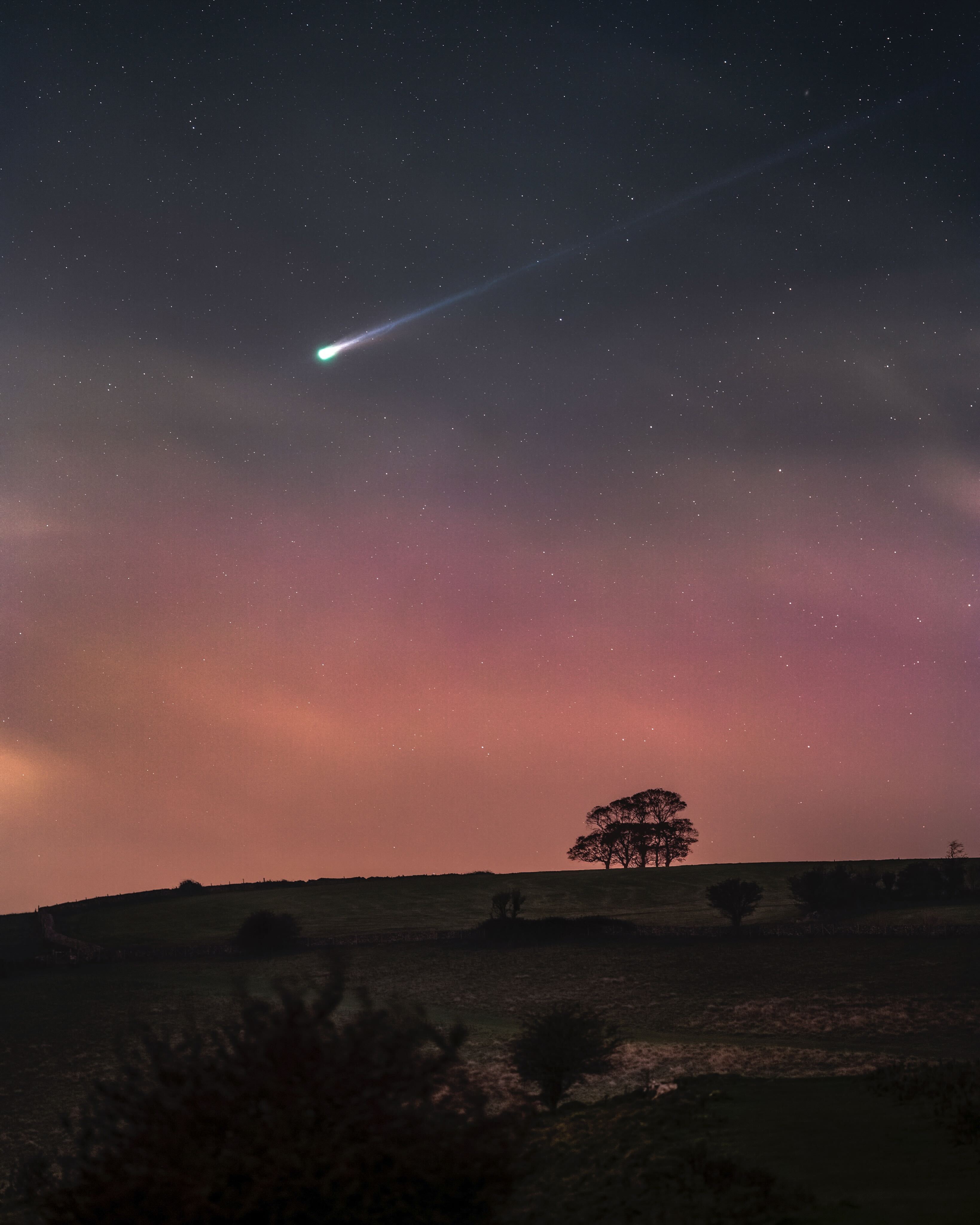
Astronomers hoping to capture an image of Comet Lemmon before it disappears from Earth’s sky should consider picking up a copy of Dury’s book. 52 missions: night photographywhich gives advice on how to image comets and countless other deep-sky targets. Don’t forget to also check out our researchers’ guide detailing where and when to look for Comet Lemmon throughout the month of October.
Editor’s note: IIf you would like to share your astrophotography with Space.com readers, please send your photo(s), comments, and your name and location to spacephotos@space.com.




